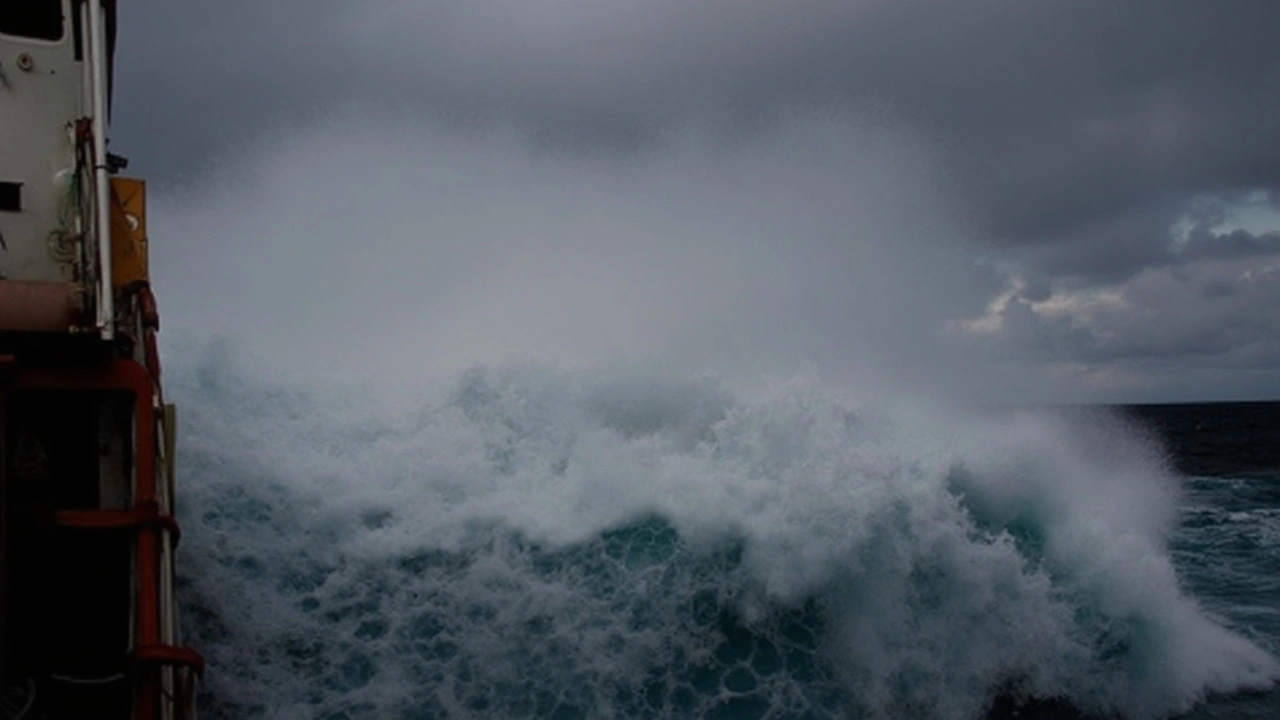Giant Waves Set to Batter Western Cape Coastlines
Heads up if you're heading near the water in the Western Cape or Namaqua coastline this week—the South African Weather Service has issued a damaging waves warning from July 16 to 18, 2025. The weather system coming through isn’t your average squall: we’re talking waves between 4.5 and 6 meters tall. That’s about the height of a two-story building. All this is thanks to a cold front moving in, stirring up the Southwest coast starting Thursday afternoon and stretching all the way to Alexander Bay by Friday.
The areas in the spotlight include the well-known stretch from Plettenberg Bay to Saldanha Bay. By Friday, the rough seas are expected to extend right up to Alexander Bay, blanketing a huge part of the coastline in unpredictable, hefty surf. Local surfers might be itching to check out the action, but this is no time to be casual about the sea.
Why This Weather Warning Matters
The blustery south-westerly winds, clocking in at 40 to 60 km/h, are more than just a nuisance. When those winds start cranking up, they whip the waves even higher, making beach visits and harbour activities especially dangerous. If you’ve ever seen news reports of people getting swept off rocks or boats struggling just offshore, that’s exactly the risk officials are worried about for the next few days.
Here are the main dangers officials say to watch out for:
- People standing on or near rocks along the coast could be knocked into the water by unexpected massive waves.
- Small boats, fishing vessels, and even recreational kayaks face a high risk of capsizing as waves surge and currents change direction in an instant.
- Ports and harbours from Plettenberg Bay up to Alexander Bay may experience interruptions to their normal activities. This could mean shipping schedules get delayed and smaller harbours may even pause their operations for safety.
- Popular beach activities—from casual swimming to organized water sports—are under threat. Lifeguards and local authorities are likely to close off high-risk zones and keep patrols on alert throughout the warning period.
Municipal officials and emergency services have jumped into action, urging everyone to steer clear of the water and avoid taking risks near the shore. Regulars on the coastal hiking trails should also be alert—one misjudged wave could be all it takes for a dangerous situation to turn deadly.
The warning for damaging waves comes at a time when this coastline is already on edge: winter usually brings heavier storms, but systems of this size can add an extra element of danger for residents, fishermen, and travelers passing through. If you're planning to be in the affected regions—or know someone who is—it’s smart to check for real-time weather updates before heading out, and prioritize safety over adventure. Local authorities stress: this is not the week to challenge the ocean's power.






